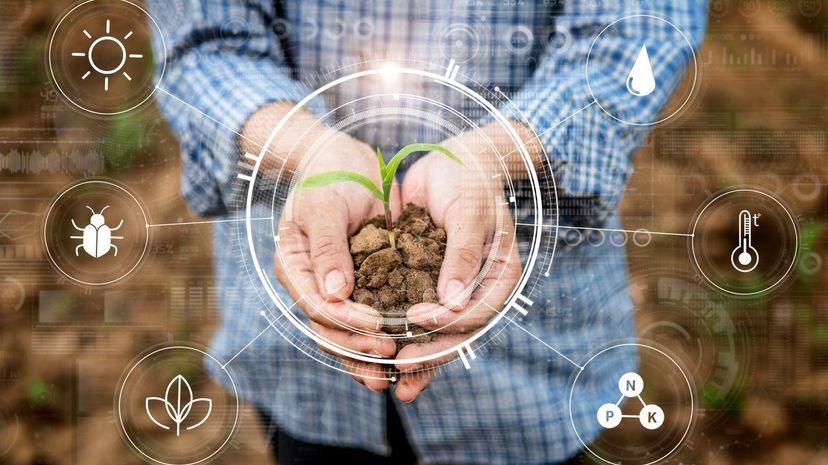
About This Quiz
Farming is the bedrock that allowed the first civilizations to thrive a flourish. The transition from hunter-gatherer societies to settled societies came about with the advent of animal husbandry and agriculture. The transition, known as the Neolithic Revolution, first occurred in Mesopotamia around 12,500 years ago. The way that humans cultivated the land and raised animals continued to increase in complexity and diversity, with massive operations allowing empires like the Romans and Chinese to rule over large swathes of land and maintain formidable standing armies. Further advancements would fuel growing commercial agriculture and support a ballooning population that, today, needs to meet the needs of over 7.5 billion people.
This is no easy feat. While you're strolling through the stands of fresh lettuce and berries at your local farmer's market, the life of a farmer may appear quaint and idyllic. But it requires an immense amount of know-how to get the crops from Sunshine Valley Family Farm to the street of your neighborhood. Do you know what to do when an unseasonable rain hits your mold-vulnerable crops? What tools do you need when erecting a new fence? How do you take care for chickens when they're sick? This quiz runs the gamut on some of the basic technical terminology and techniques it takes to run a farm today. So hike up your overalls and dive in to see if you are a true aggie.
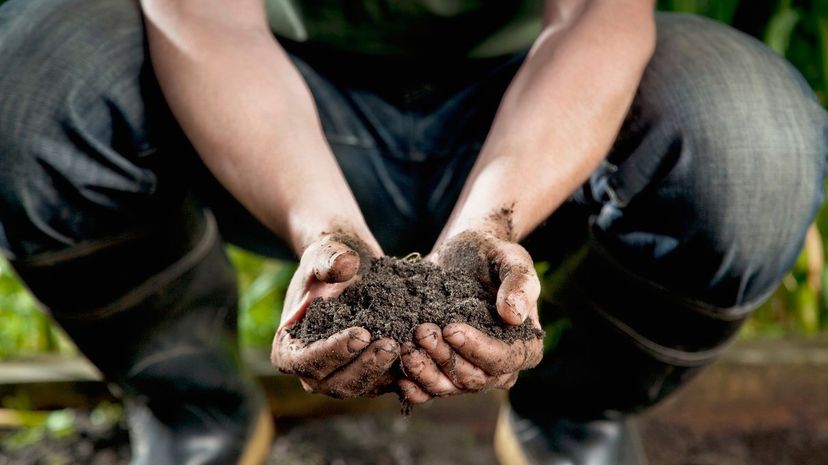
Agronomy is the essential discipline that covers, among other subjects, soil science and crop management. Agronomy is responsible for increasing crop yields and quality and a cornerstone of agriculture programs.
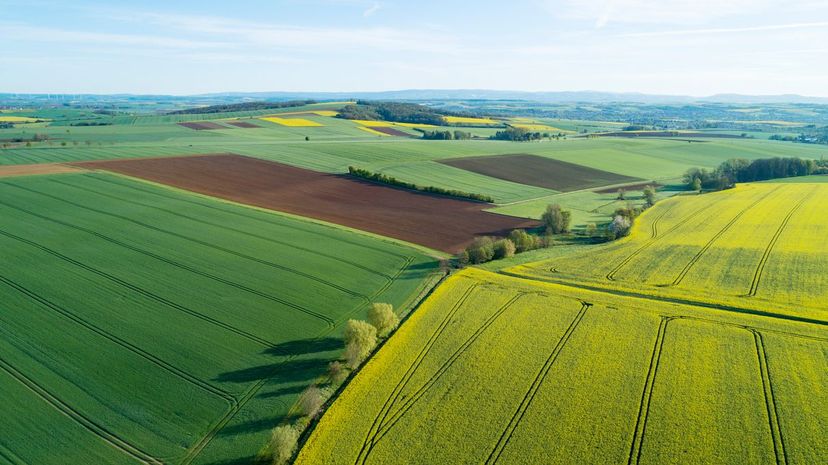
Wheat is a staple in diets around the world, being the crucial block in bread, spirits, pasta and pizza. The low-yielding crop covers much of the northern hemisphere in waving amber fields. Corn, rice and soybeans round out the other top-planted crops.

There's been a lot of buzz about disappearing bees, and for good reason: Bees contribute about $20 billion to the United States agriculture business each year by pollinating plants. When a farmer wants to plant a new crop, they will often bring beehives to help start the crops.
Advertisement

While stone fruits like cherries and citrus fruits like grapefruit grow on trees, cantaloupes grow on the ground. Heavy melons are better suited to growing on the ground on vines in fertile soil, where they do not have to contend with gravity prior to ripening.
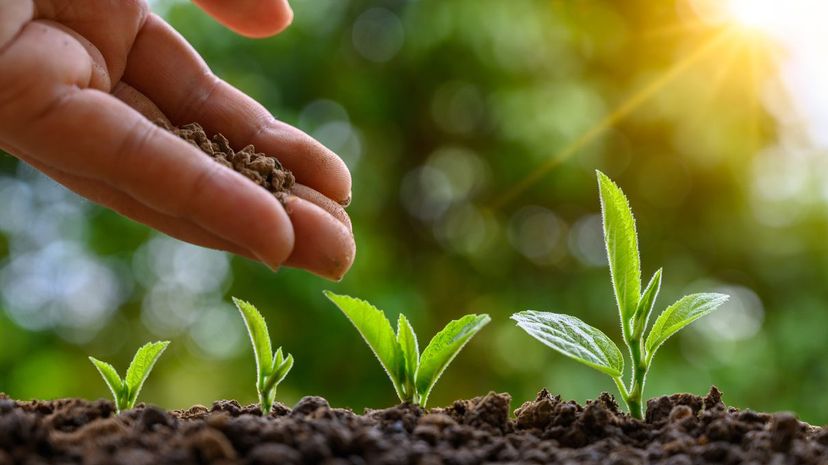
Today, most crops are planted from a small group of commercial mass-produced seeds. In order to maintain genetic variety, some farmers plant heirloom crops, which is the term referring to an old version of a fruit or vegetable.
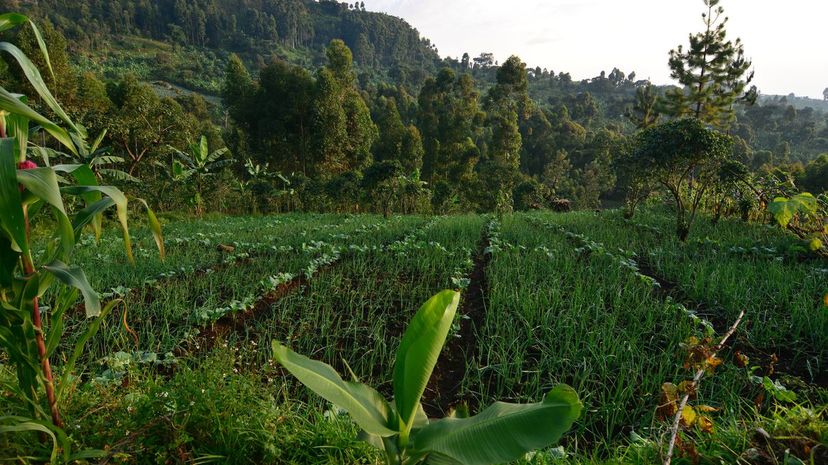
That person is advocating for agroforestry, a land-use strategy that combines perennial woody plants like trees and shrubs and crops on the same plot of land. Advantages include more fertile soil and cleaner groundwater.
Advertisement
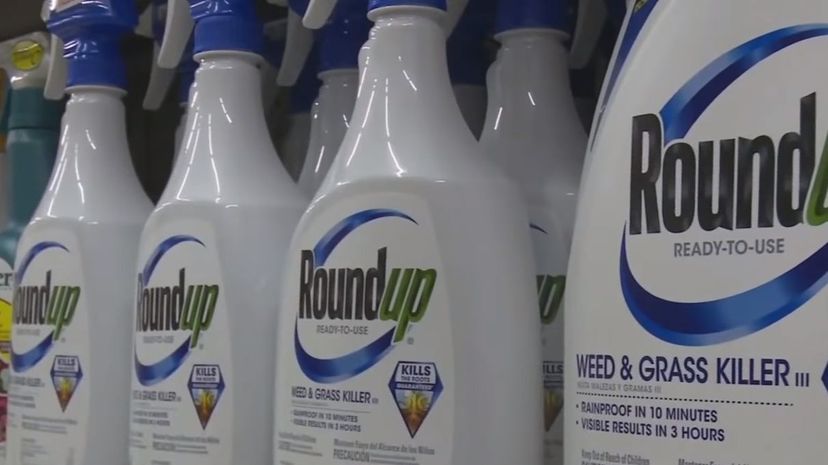
Agribusiness giant Monsanto revolutionized farming in 1976 with the release of a glyphosate-based herbicide named Roundup. They sold seeds that were immune to the herbicide and dominated the market. Today, the possible dangers of the product are hotly debated.

After a cow gives birth to a calf it begins producing milk. Then they are milked a few times a day to produce around 7 gallons of milk each day. Cows need to eat 100 pounds of food each day in order to be able to produce this much milk.
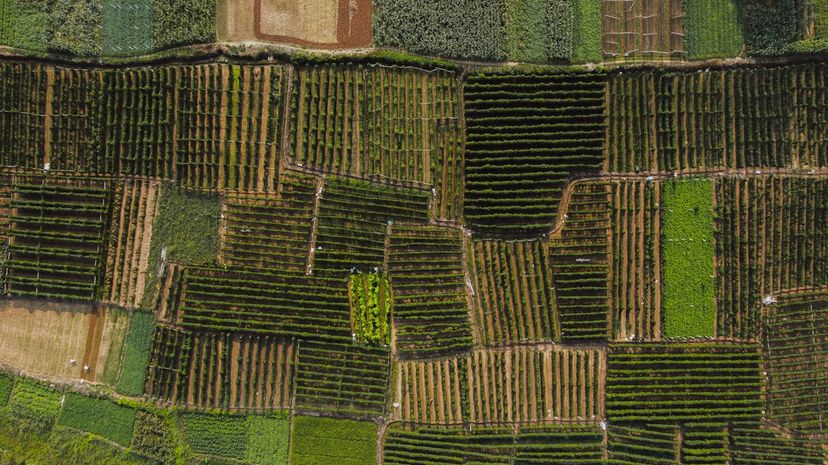
Polyculture is the practice of planting numerous different crops alongside one another to create a holistic ecosystem that benefits immunity, reduces land-usage and can increase yield.
Advertisement
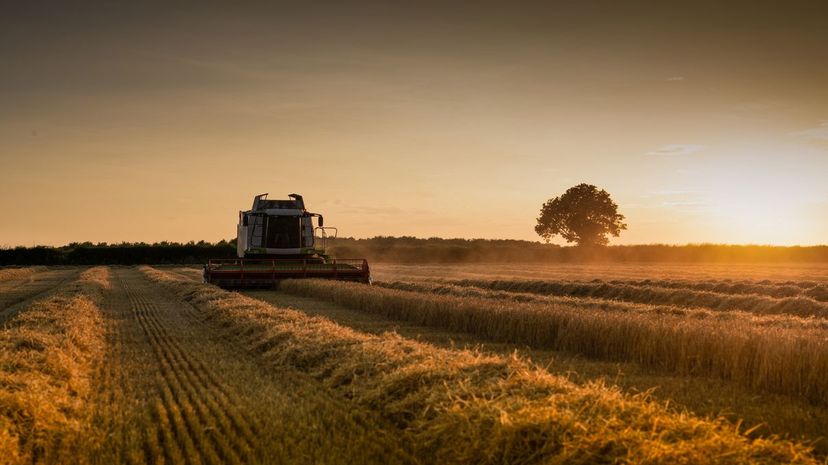
You would use a swarther, also known as a windrower, to cut down hay in a way that it dries faster before it can be bailed. These machines have sickles and can be pulled by a tractor or driven with their own engine.

The scientific term for the action of giving birth is parturition. The birthing process has different names for different species, though, such as kidding for goats and calving for cows.

Jethro Tull was a major figure in the British Agriculture Revolution, changing the way people thought about soil fertility and creating machines that allowed for crops to be planted quicker and more efficiently.
Advertisement

There is no luck behind the notion of planting clover in a fallow field. The weed increases soil richness without the need for any fertilizers, making it an ideal choice for organic farming.

The process of soil salinity occurs when salt is brought to the top of the soil, causing crop damage and soil erosion. Runoff from road salt and irrigation are large causes, while natural conditions such as mineral weathering also contribute.

Cute little ladybugs are also an excellent defense against aphids. Farmers try and attract or introduce ladybugs, who can eat up to 5,000 aphids in a lifetime. Ladybug larvae will also eat hostile insects, making these tiny beetles useful allies throughout their entire lifespan.
Advertisement
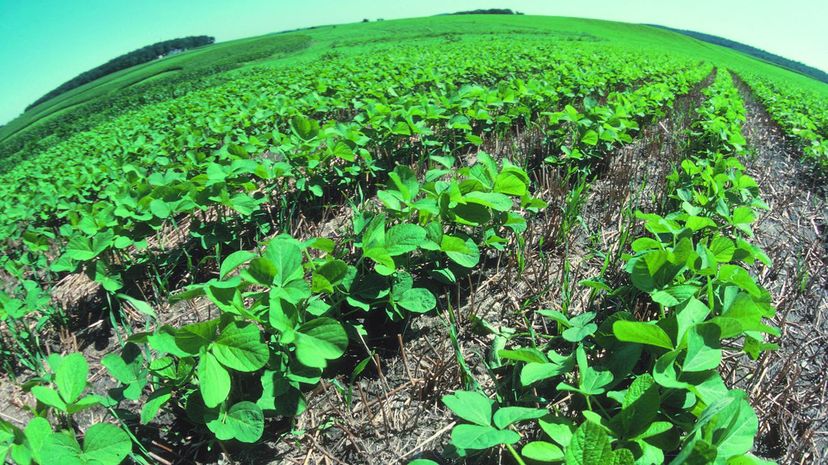
No-till farming has a host of benefits, including decreased soil-erosion, increased fertility and saving money on tilling equipment. Tilling is the practice of agitating the land to prepare for a new crop, typically when the farmer wants to change what is being planted in a field.
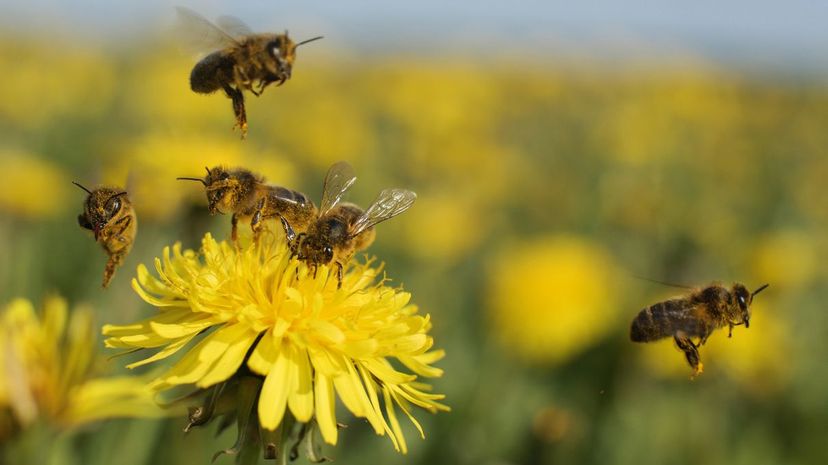
Not only does lavender smell amazing and a purple splash of beauty to a farm, it is an excellent source of pollen that attracts bees to your area. Lavender rows can be planted in between other crops to create a buzzing ecosystem.
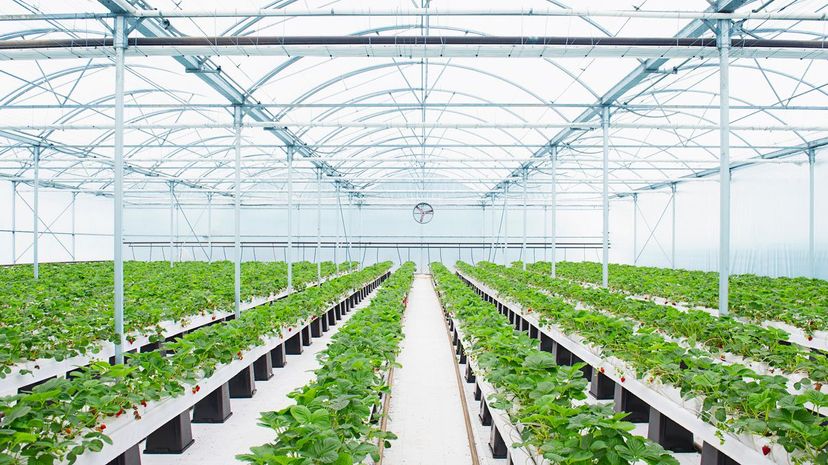
A cold frame acts as a smaller version of a greenhouse, consisting of a box with a glass frame. The device allows sunlight in while preventing heat from escaping at night, creating a safe condition for seedbeds to germinate.
Advertisement
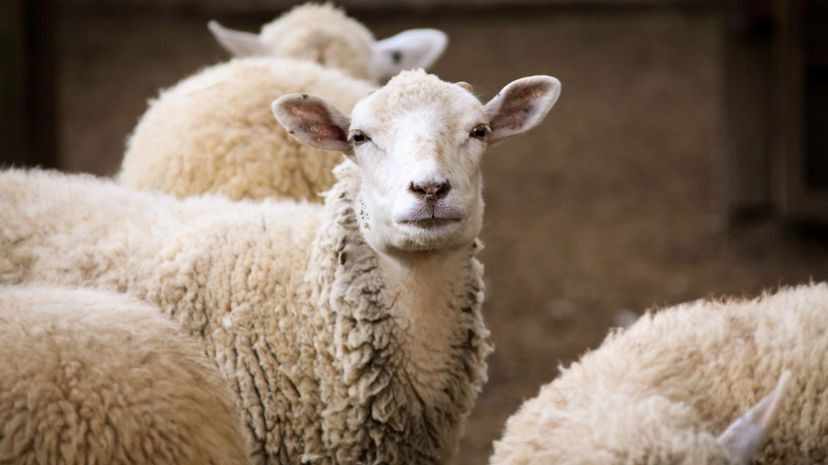
Sheep are ruminant mammals that love to chew on grass, which is aided by their lack of front teeth. Mature female sheep go by the term ewe, while males are known as rams.

In order for food to be labeled organic, it must not come in contact with chemical fertilizers, herbicides or pesticides and cannot be treated with industrial finishers. This can cause problems when chemicals blow from a non-organic farm to an organic one.
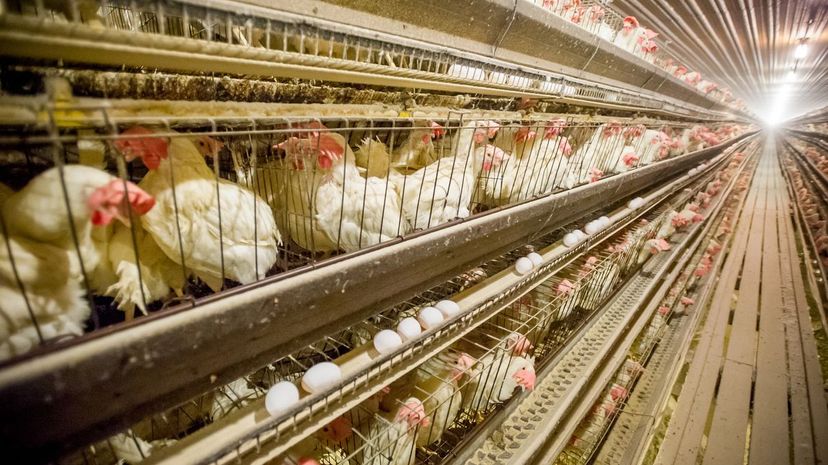
Surprisingly, the egg-laying process begins when light hits a photosensitive gland near a female chicken's eyes. This kicks off a day-long cycle where the chicken will eventually lay an egg through muscular contraction.
Advertisement

The skid-steer is a versatile machine-powered rigid-bodied vehicle that can serve many uses on a farm. Hydraulic attachments can do everything from clean turkey poop from a barn to till a field.
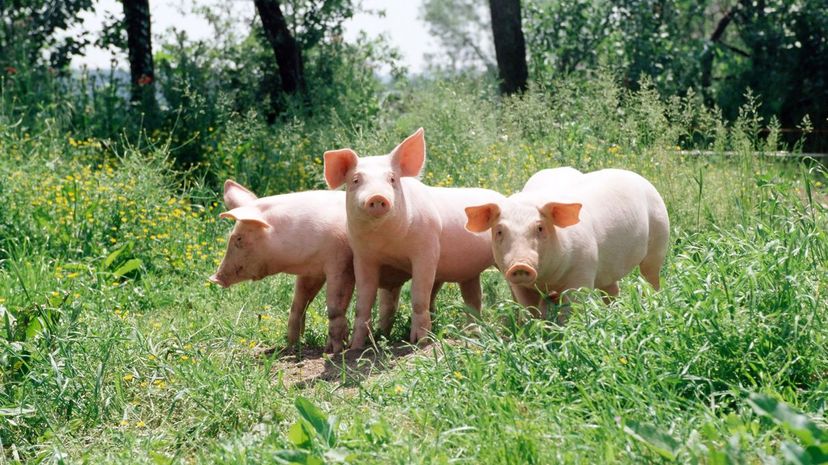
Piglets are born in litters while a group of adult pigs is referred to as a sounder. Due to their excellent sense of smell, the sounder of pigs is likely searching the ground for food with their big noses.
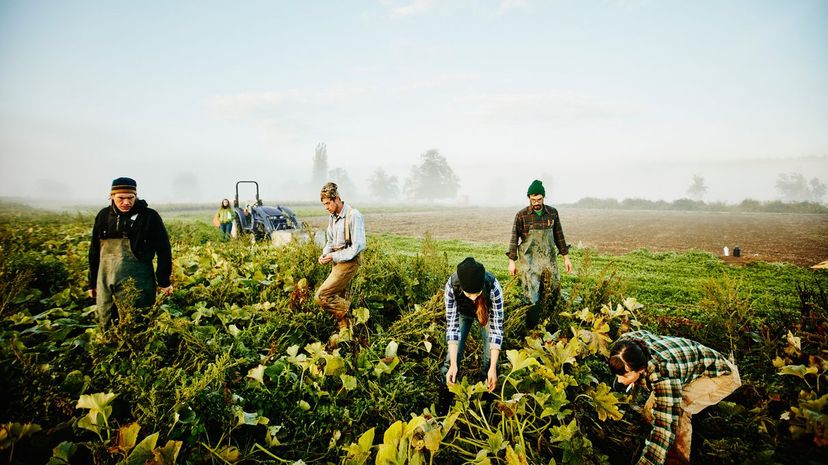
Search a farmer's market to in the heat of summer to find an abundance of tomatoes, cherries and watermelons, depending on where you live. Citrus fruits like oranges and limes are harvested during the winter.
Advertisement
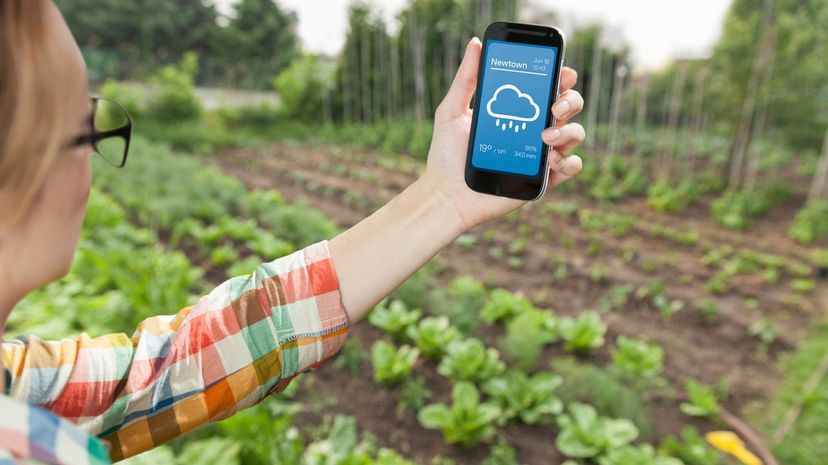
Meteorology is the study of short-term weather patterns, which allows you to determine how to best manage your crops. Longer-term climate and soil type bears more impact on what you decide to plant.
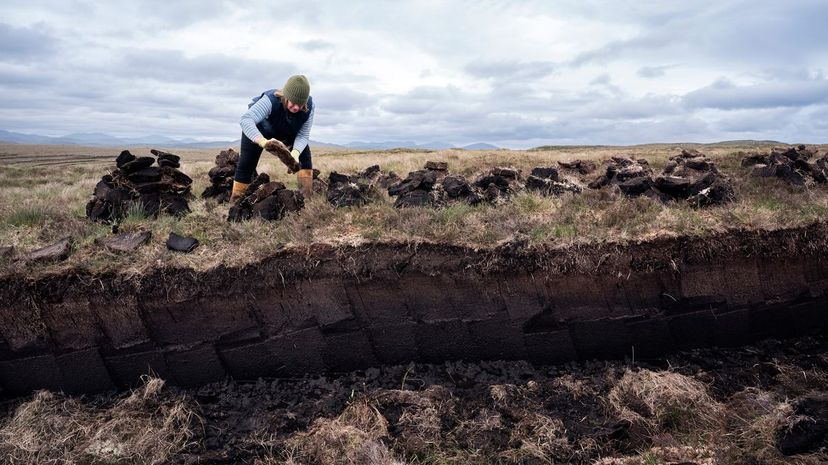
Peat is naturally occurring in certain biospheres such as bogs, but it also is a result of farming land. It can be harvested as a source of fuel and as an addition to soil for horticulture.
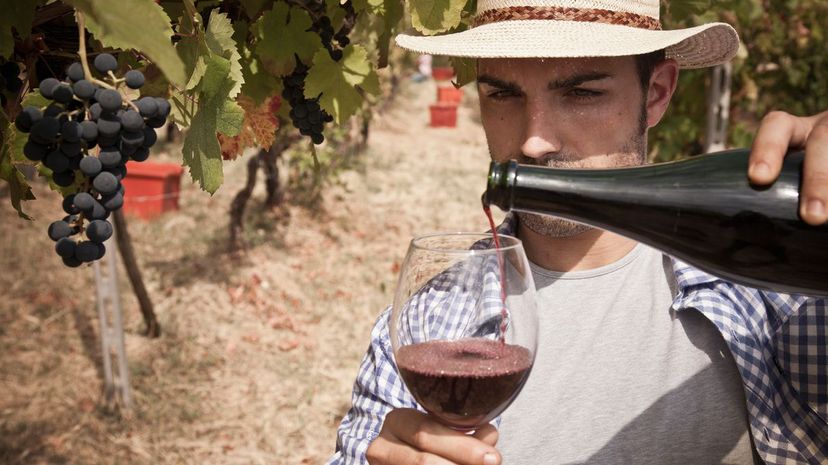
A trellis system is necessary to train the wild grape vines to grow in a manner that produces the highest quality fruit and makes it easiest to harvest. Other fruits can benefit from a trellis system as well.
Advertisement
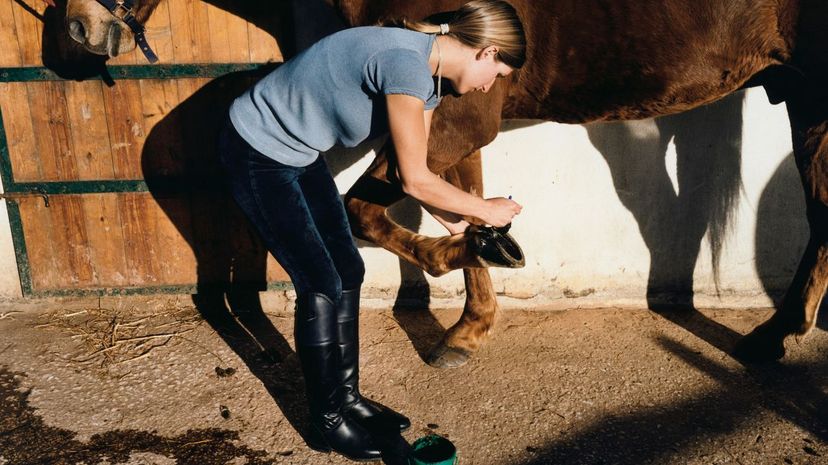
The frog is a triangular part of the horse's hoof inside located on the underside. The soft area is used as a shock absorber when the horse is walking but is very sensitive and must be protected otherwise.
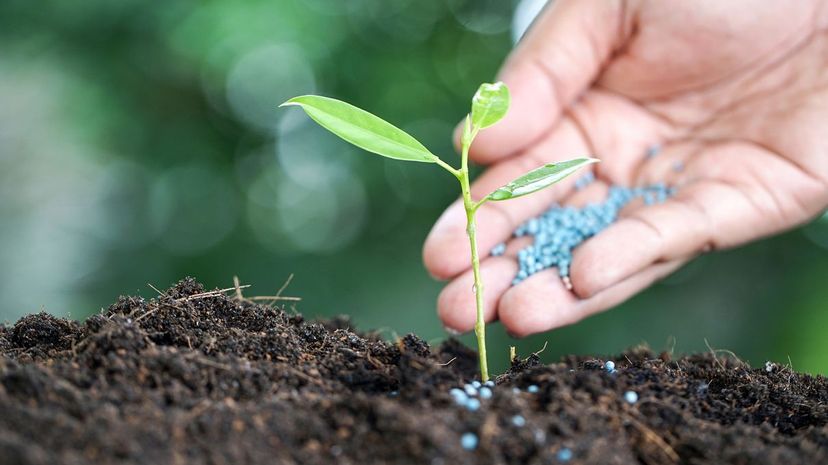
While organic farmers opt for natural fertilizers such as manure, chemical fertilizers can be very effective at increasing crop yields. The first three chemicals on the list are found in most fertilizers while Oxybenzone is found in sunscreen.

The clevis pin is found on every farm because it is used to attach a variety of equipment in a strong and sturdy manner. The system is three pieces, including the horseshoe-shaped clevis, a pin and a tang.
Advertisement

The industrial hemp industry is on the ascent after the United States passed a bill that allowed farmers to plant the crop without fear of retribution. The billion-dollar industry is fueled by the plant's versatile nature. Popular hemp products include textiles, compostable plastic and fuel.
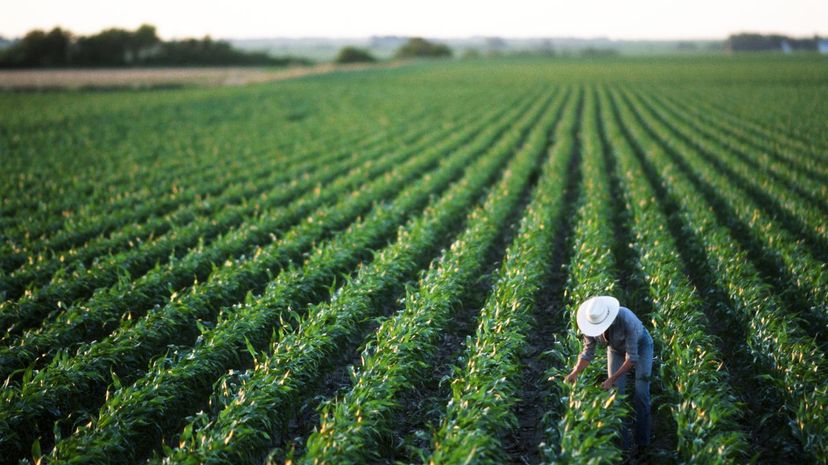
Legumes are a family of edible seed in which the seed is produced inside of the pod. The most popularly planted legume is soybeans, but some of the other seeds belonging to this family include lentils, lima beans and peas.
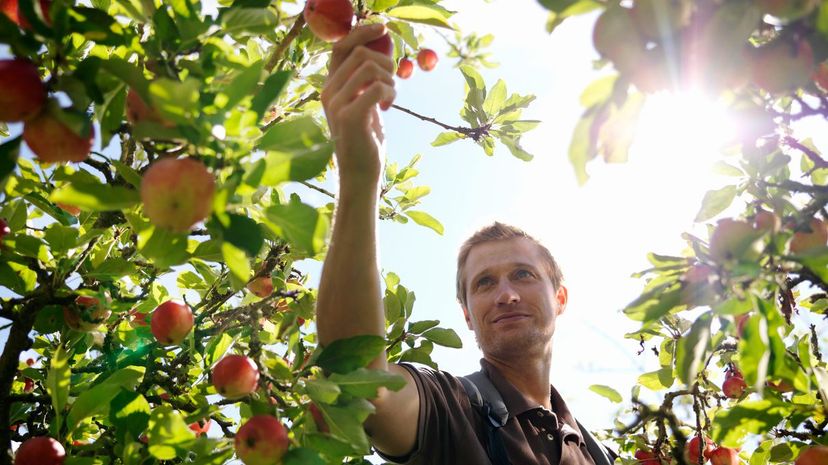
Scientist Adolf Brix created a formula to measure the sugar content in a liquid solution so that farmers and vintners would have a better of the optimum time to harvest fruit. One degree of Brix represents 1 part sugar in 100 grams of the liquid solution.
Advertisement

Founded in 1837, John Deere is synonymous with farming in North America. The company's green and yellow tractors are a ubiquitous sight across the continent, although Deere also produces a wide array of farming equipment.

Oysters are a mollusk that has been farmed since Roman times for food and pearls. After the farmer spawns oysters, they have a variety of methods to raise the oyster into maturation. One method involves placing the spawned oysters onto firm surfaces where they are left to mature.